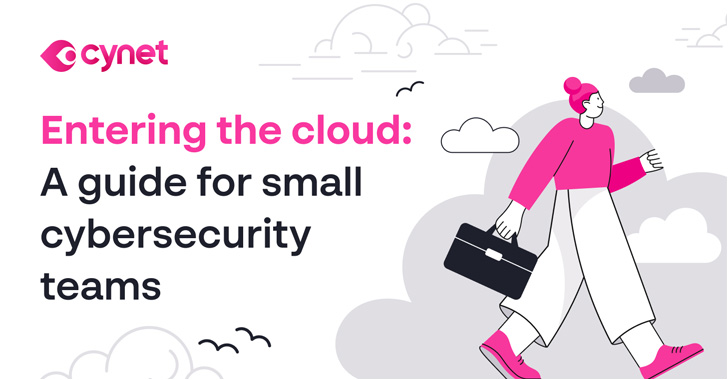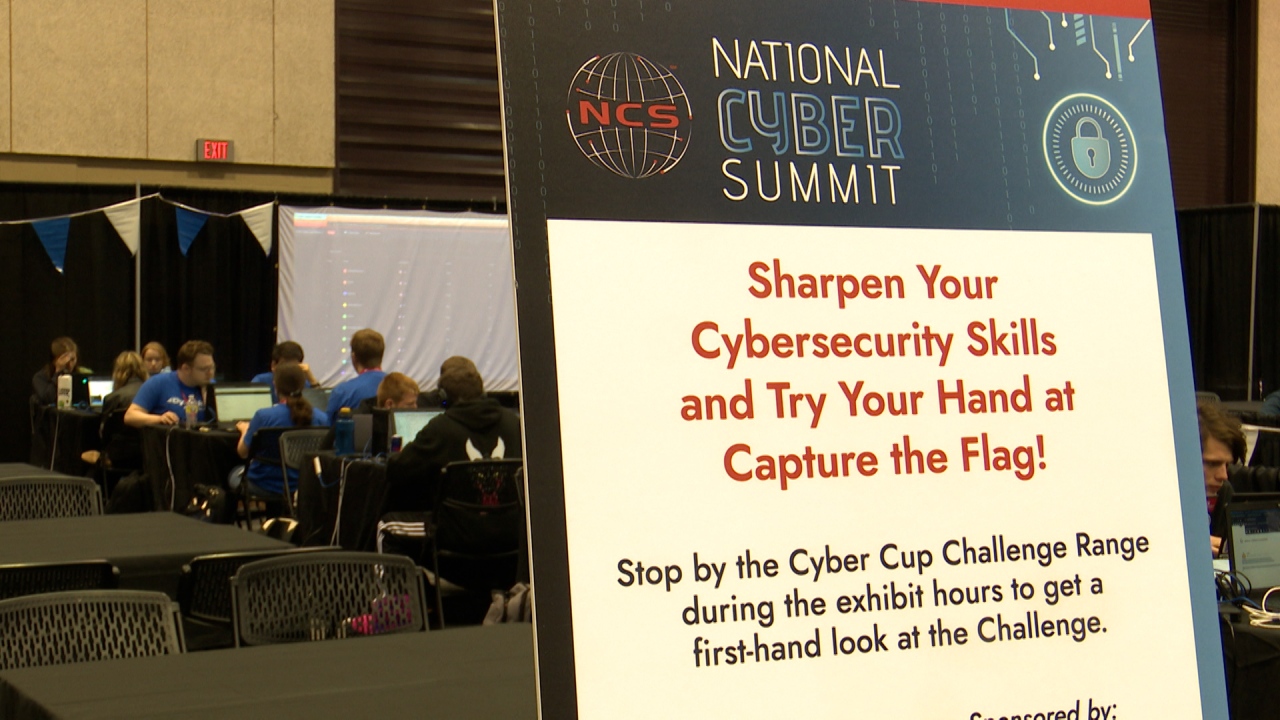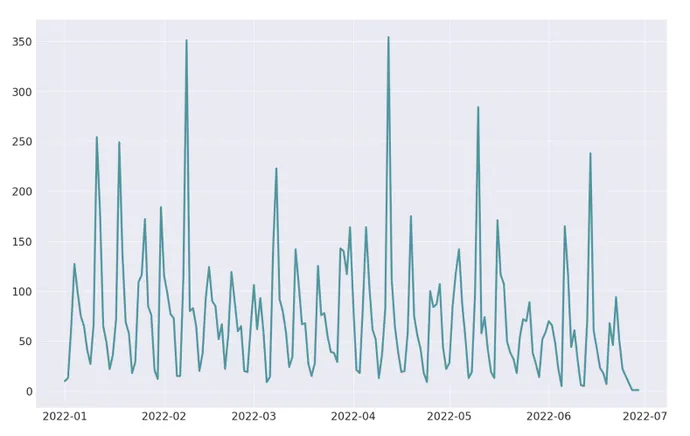V7 raises a $33m Series A to help teams build robust AI, faster –
- V7, the data engine for AI, announces a $33m Series A funding round, co-led by Radical Ventures and Temasek, joined by Air Street Capital, Amadeus Capital Partners, and Partech.
- V7’s client base of Fortune 500 companies, scaleups, and startups rely on V7’s platform to build sophisticated AI models that learn and improve from unstructured data including medical records, paper documents, and video.
- This funding round includes the participation of machine learning pioneers including Francois Chollet (Keras creator), Oriol Vinyals (DeepMind), Jose Valim (Elixir creator), Ashish Vaswani (Google Brain / inventor of Transformers) and leadership figures at OpenAI, Twitter, and Amazon.
LONDON, November 28, 2022 – Today V7, the data engine to build and improve AI for computer vision, announced its $33m Series A financing co-led by AI-focused Radical Ventures and Temasek, with participation from existing investors Air Street Capital, Amadeus Capital Partners, and Partech. This represents the largest Series A funding round in its category by more than double, and will allow V7’s further expansion into the US market, growing its team in its biggest market.
Machine learning-powered computer vision models are helping tackle a range of challenges facing society today, from spotting cancers to robotic farming. But when building an ML system, 80% of a team’s time is spent managing training data. This is a slow process that helps refine and augment the “knowledge” that models have learned by having humans perform laborious, manual labeling tasks.
V7 automates the labeling process, allowing companies to solve data labeling tasks ten times more quickly. The company’s unique “programmatic labeling” workflows use AI models and minimal human steering to apply labels to data at scale. The product comes with general-purpose AI models built in, which automatically segments objects in images and video, acting as a co-pilot for human annotators. After about 100 human-guided examples, V7’s platform can start identifying objects at scale on “autopilot”, routing edge-cases it doesn’t yet understand to human reviewers.
V7’s growth trajectory is unabated despite a macroeconomic…





